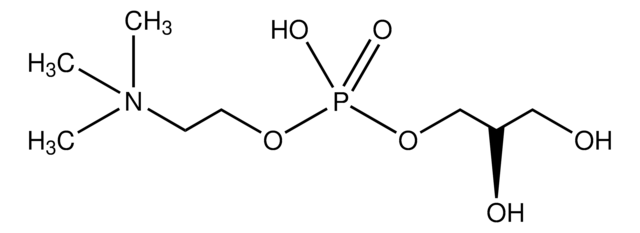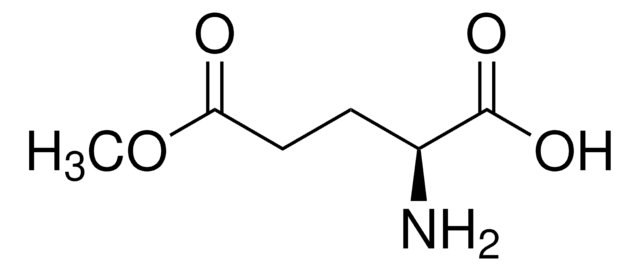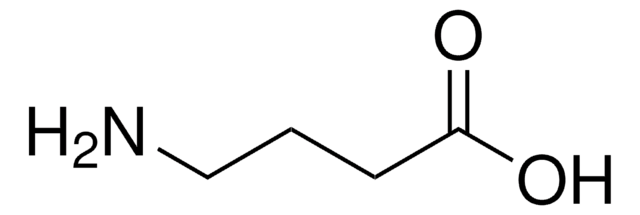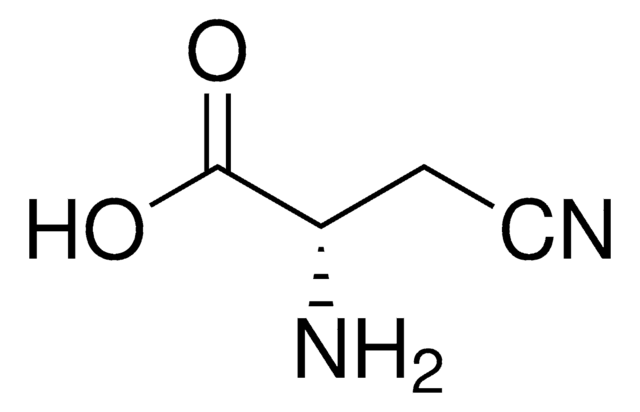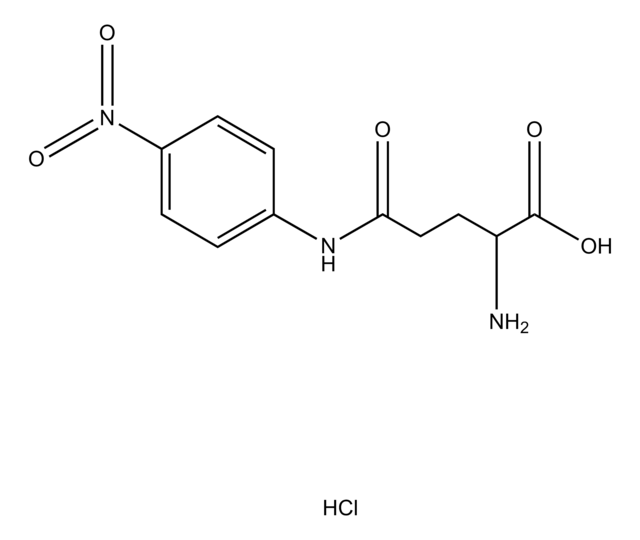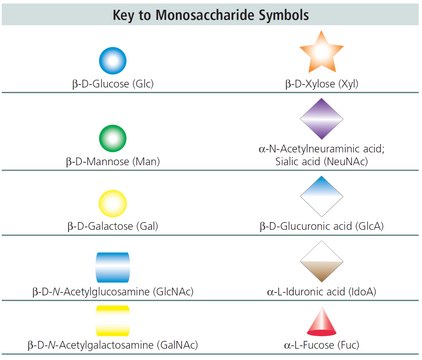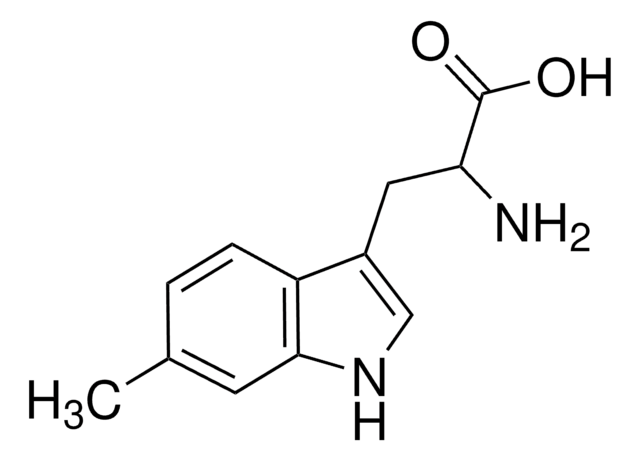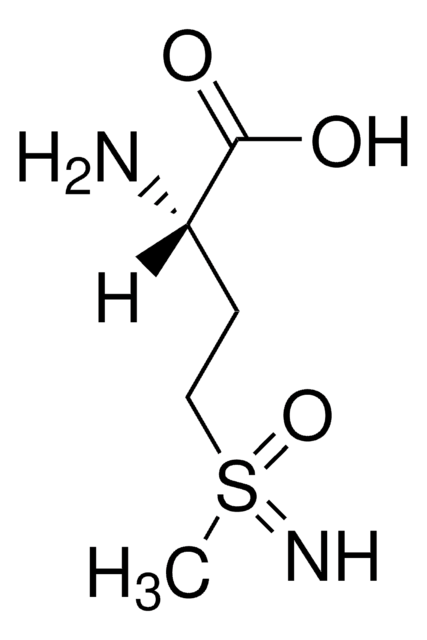All Photos(3)
Synonym(s):
HNV, α-Amino-β-hydroxyvaleric acid, 2-Amino-3-hydroxypentanoic acid, 3-Hydroxy-2-aminopentanoic acid, DL-β-Hydroxynorvaline
Empirical Formula (Hill Notation):
C5H11NO3
CAS Number:
Molecular Weight:
133.15
Beilstein:
1722350
MDL number:
UNSPSC Code:
12352209
eCl@ss:
32160406
PubChem Substance ID:
NACRES:
NA.26
Recommended Products
Quality Level
Assay
≥98% (TLC)
form
powder
color
white
application(s)
cell analysis
storage temp.
−20°C
SMILES string
CCC(O)C(N)C(O)=O
InChI
1S/C5H11NO3/c1-2-3(7)4(6)5(8)9/h3-4,7H,2,6H2,1H3,(H,8,9)
InChI key
LGVJIYCMHMKTPB-UHFFFAOYSA-N
Looking for similar products? Visit Product Comparison Guide
Related Categories
Biochem/physiol Actions
3-Hydroxynorvaline (HNV) is a microbial, α amino acid threonine analogue which has antiviral activity (herpes virus) and is toxic to mammalian cells (embryotoxic and teratogenic) presumably via incorporation into proteins. 3-Hydroxynorvaline may be used as an unnatural amino acid to study the fidelity of protein translation at the level of acyl-tRNA editing. 3-Hydroxynorvaline may also be used to study enzymes and molecules involved in threonine metabolism.
Signal Word
Danger
Hazard Statements
Precautionary Statements
Hazard Classifications
Eye Dam. 1 - Skin Irrit. 2 - STOT SE 3
Target Organs
Respiratory system
WGK
WGK 3
Flash Point(F)
Not applicable
Flash Point(C)
Not applicable
Personal Protective Equipment
dust mask type N95 (US), Eyeshields, Gloves
Certificates of Analysis (COA)
Search for Certificates of Analysis (COA) by entering the products Lot/Batch Number. Lot and Batch Numbers can be found on a product’s label following the words ‘Lot’ or ‘Batch’.
Already Own This Product?
Find documentation for the products that you have recently purchased in the Document Library.
C Ramos et al.
Applied and environmental microbiology, 58(5), 1677-1682 (1992-05-01)
In this work, we isolated and characterized mutants that overproduce threonine from Saccharomyces cerevisiae. The mutants were selected for resistance to the threonine analog alpha-amino-beta-hydroxynorvalerate (hydroxynorvaline), and, of these, the ones able to excrete threonine to the medium were chosen.
R Louw et al.
Amino acids, 29(3), 207-212 (2005-08-06)
3-Hydroxynorvaline (HNV; 2-amino-3-hydroxypentanoic acid), a microbial L-threonine analogue, is toxic to mammalian cells and displays antiviral properties. In view of this, we investigated the toxicity and/or potential teratogenicity of HNV in developing chicken and mouse embryos. HNV was administered to
F A Barile et al.
Archives of biochemistry and biophysics, 270(1), 294-301 (1989-04-01)
Amino acid substitutions in collagen that impair folding of the triple helix result in significant increases in intracellular degradation of newly synthesized collagen. We have studied the effects of agents that cause other kinds of defects in collagen: hydroxynorvaline, a
G Hortin et al.
The Journal of biological chemistry, 255(15), 7051-7054 (1980-08-10)
The proteolytic processing of rat pre-prolactin (Pre-Prl) to prolactin in isolated hemipituitaries was inhibited by the threonine analog, beta-hydroxynorvaline (Hnv). Pre-Prl accumulated as a major labeled intracellular product, even during pulse labeling longer than 2 h, but it was not
Mihika T Kozma et al.
BMC genomics, 21(1), 649-649 (2020-09-24)
Crustaceans express several classes of receptor genes in their antennules, which house olfactory sensory neurons (OSNs) and non-olfactory chemosensory neurons. Transcriptomics studies reveal that candidate chemoreceptor proteins include variant Ionotropic Receptors (IRs) including both co-receptor IRs and tuning IRs, Transient
Our team of scientists has experience in all areas of research including Life Science, Material Science, Chemical Synthesis, Chromatography, Analytical and many others.
Contact Technical Service
